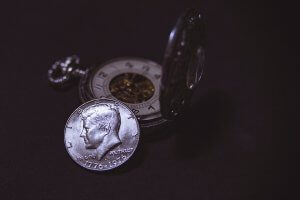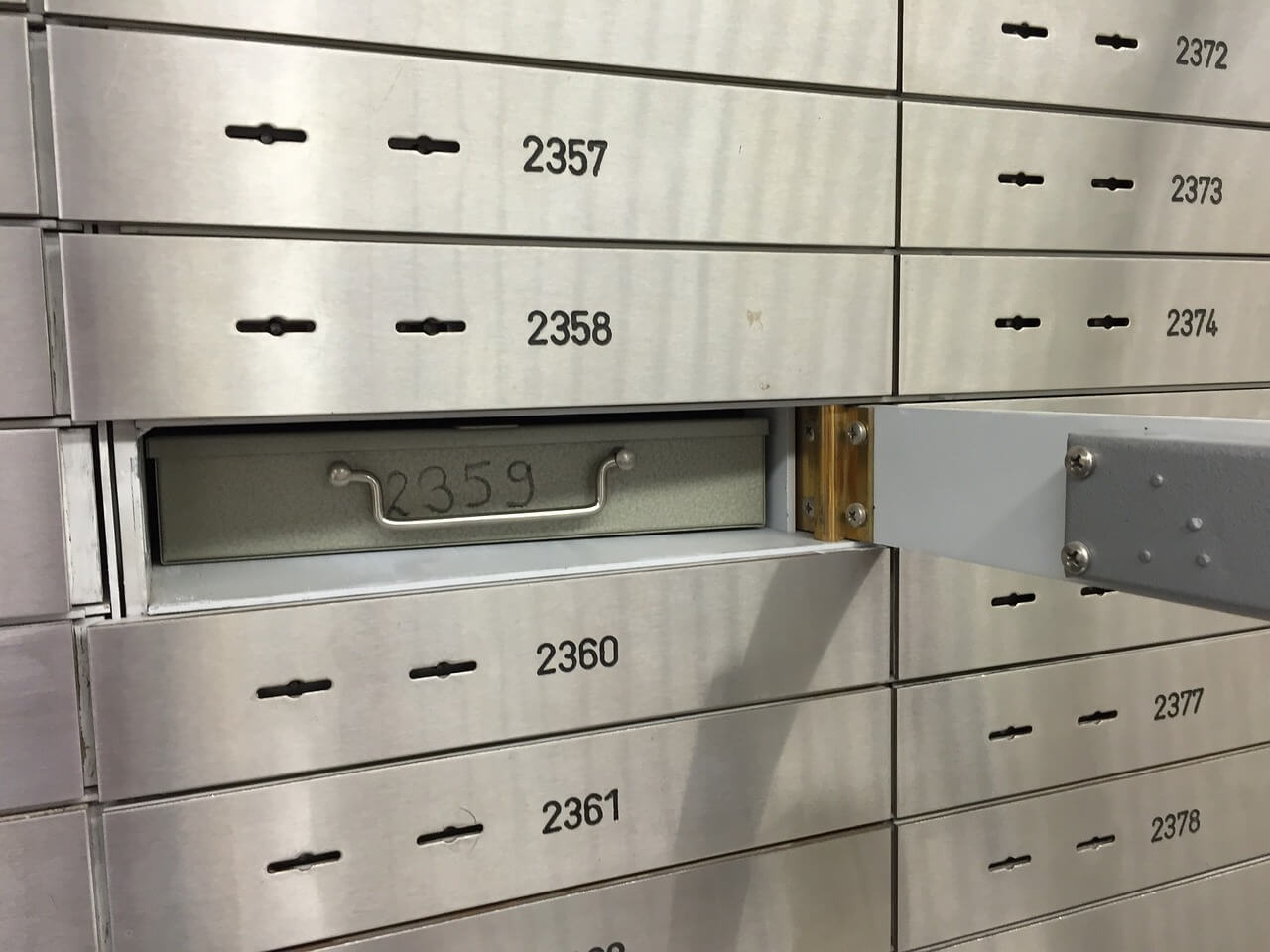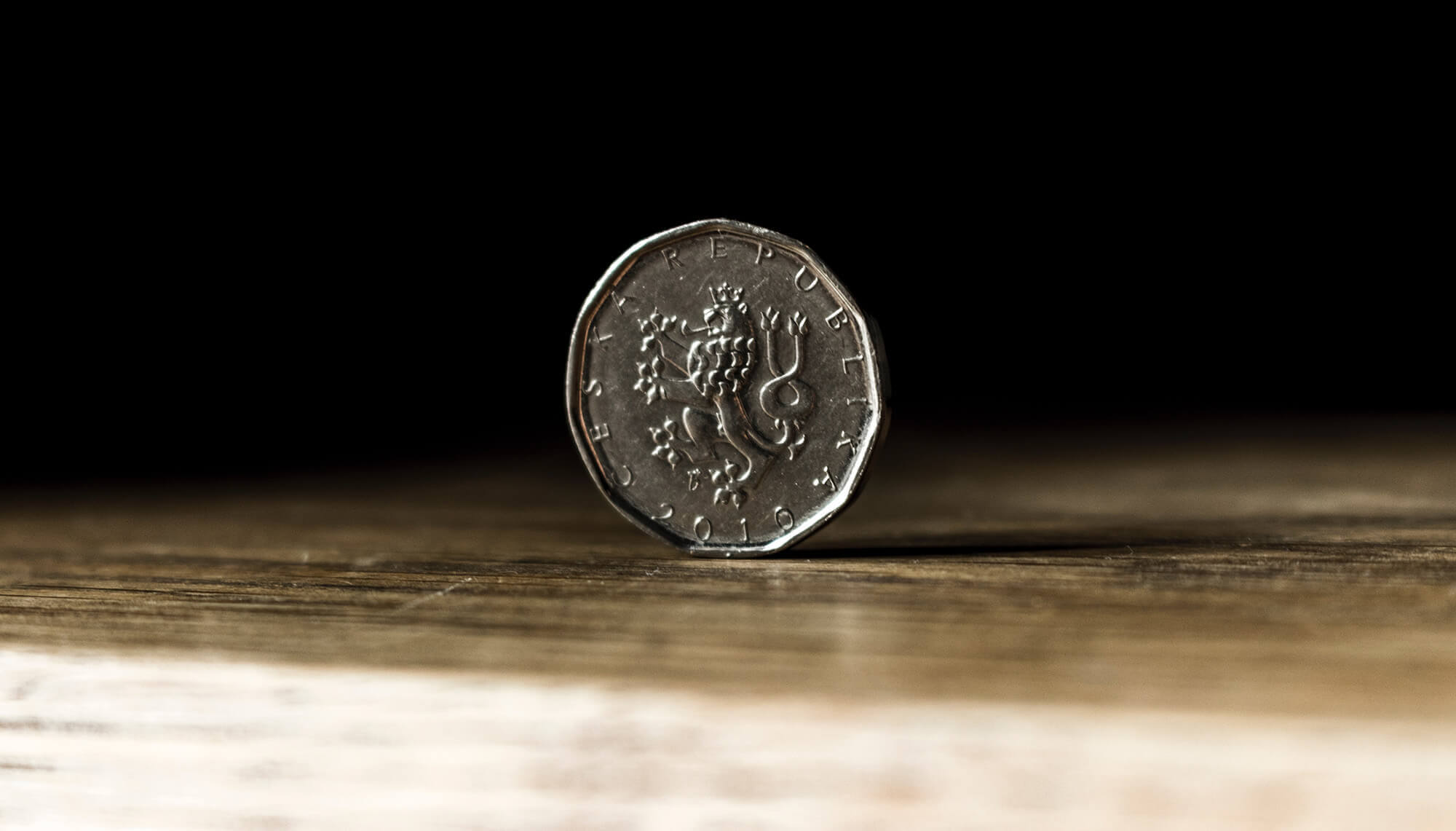Gold has long been a preferred investment instrument for investors around the world. It is seen as a hedge against inflation and uncertainty. When it comes to gold investment, there are two main options: physical gold and gold ETFs (Exchange Traded Funds). In this article we will look at the differences between these two options in terms of buying, storing and trading.
Inhalt
What is physical gold?
Physical gold refers to real gold in the form of coins, bars or jewellery. It is bought and owned outright. Physical gold is often used as a hedge against economic instability or as part of a diversification strategy in an investment portfolio.
How is physical gold bought?
Physical gold can be bought from specialised precious metal dealers, banks or online retailers. The purchase price depends on the current gold price and the weight and purity of the gold.
Storage of physical gold
Physical gold can be stored at home, in a bank safe or at a specialised storage facility. However, storing at home can pose a security risk, while storing at a warehouse or in a bank safe usually incurs fees.
Trading physical gold
Physical gold, also known as bullion, is a popular investment vehicle used by investors around the world. Unlike gold ETFs, which are paper-traded instruments, physical gold actually represents the precious metal in the form of coins, bars or other forms. But how can investors buy and sell physical gold? In this article we will look at trading physical gold.
Buying physical gold
There are several ways to buy physical gold. One way is to buy gold coins or gold bars from authorised dealers or banks. Buying physical gold can also be done through online dealers or auction platforms. However, it is important that investors only buy from reputable dealers and that the gold comes from reputable manufacturers.
Storage of physical gold
Storage of physical gold is an important aspect to consider. Investors can store physical gold either at home or in vaults or storage facilities. However, storing physical gold at home can pose a security risk, especially if larger quantities are stored. Storing in specialised vaults or storage facilities may be a safer option. These facilities often offer insurance cover and greater security.
Selling physical gold
Selling physical gold can also be done through authorised dealers or banks. However, it is important that investors have the gold checked for authenticity and quality before selling it. Selling physical gold can also be done through online dealers or auction platforms, but investors should ensure that they only sell from reputable dealers and that the gold is from reputable manufacturers.
Advantages and disadvantages of trading physical gold
There are advantages and disadvantages to trading physical gold. One advantage is that investors actually own the precious metal and can use it as a hedge against inflation and currency risks. In addition, physical gold can be considered a valuable collector’s item that also has aesthetic value. One drawback, however, is that physical gold can be expensive, especially when bought in large quantities. Furthermore, storing physical gold can involve additional costs and risks.
What are gold ETFs?
Gold ETFs are investment vehicles that track the price of gold. A gold ETF owns gold bars and issues shares representing the value of those gold bars. Gold ETFs can be traded on an exchange and offer an easier way to invest in gold.
How are gold ETFs bought?
Gold ETFs can be bought like shares through a brokerage platform. The purchase price depends on the current gold price and the market value of the ETF.
Storage of gold ETFs
Gold ETFs are held by a fiduciary institution that owns the physical gold for the ETF. No personal storage is required.










